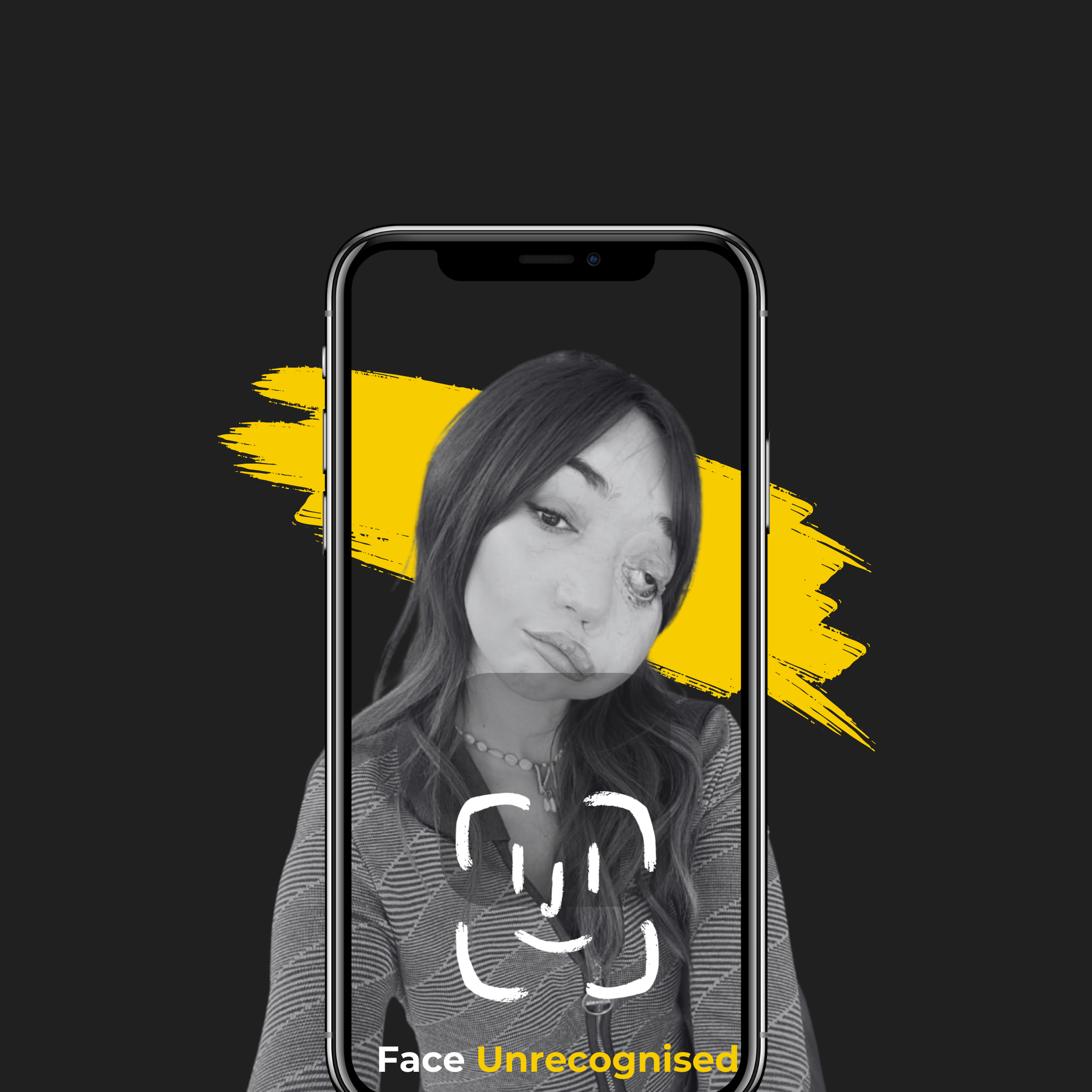Sophie Arkette – Opinion
This Difference of Behaviour towards me hath given me the strongest Idea of the Force of Education; and taught me to set a right Value upon it. It is the Stamp of a Man’s Character: it distinguishes the base from the valuable Metal… William Hay, Deformity: An Essay (1754)
The term disfigurement presents something of an anomaly for legislators as it constitutes a feature affecting appearance and not a malfunction of any one biological system. A disfigurement can involve a syndrome, which decreases, not disables, bodily capacity at a localized level. But such attributes are insufficient, even as a collective force, to produce the effect required of a disability. As construed as a defect at least one kind of disfigurement has thrown up diagnostic inconsistencies within the medical profession itself.
A common-place disfigurement, cleft lip and palate, came under scrutiny when a curate, Joanna Jepson, sought judicial review over the meaning of seriously handicapped in the Abortion Act 1967 following a complaint she took against the alleged unlawfulness of a late term abortion on a 28 week old foetus diagnosed with cleft lip and palate. She argued a cleft lip and palate did not constitute a serious handicap within the meaning of Section 1(1)(d) of the Abortion Act, which states that an abortion can only proceed if two registered medical practitioners conclude, in good faith, of any one condition that there is a substantial risk of the child being born with severe abnormalities, either physical or mental. An impairment would need to be of a kind that impinges upon a person’s ability to lead a meaningful life observed Baroness Mary Warnock in 1990 review of the Abortion Act. A letter from the Vice President of the Royal College of Obstetricians & Gynaecologists held the action of the physicians as proportionate, even though, as Jepson’s counsel remarked, a defence of this kind would seem inconsistent with her institution’s guidance published on other occasions. In a subsequent 2003 hearing, the court granted permission for Jepson to pursue a claim for judicial review as the issues raised were serious points of law.
The attention given to this case at the time paved the way for The Abortion (Cleft Lip, Cleft Palate and Clubfoot) Bill which would amend the Abortion Act and thus prevent a repetition of the kind in Jepson. If passed into law, it will from a theoretical standpoint widen the gap between disfigurement and disability.
Within the framework of the Equality Act, disfigurement as a sub-category of disability is an add-on, bearing tenuous connection to the types of condition the Act is designed to serve. When a set of conditions, biologically atypical and visibly evident, are incorporated within a larger group under the header disability of which all save disfigurement are subject to one standard, the former will likely be misidentified on the basis of the latter, acting as a flashpoint by motivating a discriminator to engage in types of harmful behaviour. Suffice to say, an attitude held by the discriminator is an attitude about disability and about disabled persons in all its unkind limits.
But if disfigurement is not a disability, how should it be classified when apportioning legal protection? We would do well to look to US legal apparatus. The Americans with Disabilities Act 1990 (as amended by the ADAAA) stops short of extending protection to difference in appearance where difference has no known connection to some physiological variant. A difference in size or shape, in any one feature, a difference in hair colour, can elicit in another reactions falling outside the range considered socially acceptable. And yet, to offer protection under the guise of visible difference alone would run contrary to statutory intent.
Whilst the ADA does not regard disfigurement as a disability, ‘cosmetic disfigurement’ falls within its parameters. As the term cosmetic suggests, a blemish or mark affecting a surface partitions birthmarks, scars, benign facial tumors, alopecia, uneven colouration associated with vitiligo, from physical features simply defined as irregular. Whereas the Equality Act attempts to funnel disfigurement through the framework of disability protections with the use of an exception clause, the ADA’s definition of disability is divided into three prongs. It is the third prong to which we ought attend. The third prong seems to provide adequate coverage for disfigurement insofar as protection extends to any person whose unfavourable treatment can be demonstrated as arising from a perception of a disability; as I have said, disfigurement displays the hallmarks of impairment and is therefore readily open to misconstrued.
It could be said a discriminator is an opportunist merely exploiting uncharted territory between disfigurement and disability or is simply an individual ignorant of the particulars involved in any one malformation similar in kind to an ignorance shown about the difference between, say, someone who has cystic fibrosis and the person who only possesses its genetic marker. Rather than to labour the point I made in an earlier post, I wish to emphasise that the perception of disability is a core element of the ADA’s definition of disability and not an adjunct of soft law or the product of discourse on purposive construction. Of course applying the 3rd prong has its share of difficulties, i.e. how a claimant might demonstrate a discriminator’s treatment is of a kind that limits major life activities. But these difficulties are something with which a legal professional, an employment lawyer most likely, is familiar and would advise accordingly.
My aim is to show the circuitous route taken to protect persons with disfigurement, or to be more precise, persons with severe disfigurement, for any person to qualify within the remit of the Equality Act needs to meet the severity threshold. However, it is unclear by what criterion severity is to be assessed. Should severity apply to surface area, or should location hold more weight?
Evidence given by Changing Faces at the House of Lord Select Committee on the Equality Act in 2015 states that a disfigurement, however small, can have considerably visual impact, especially within the area known as the communication triangle – the area between the eyes and the chin. This view is indirectly endorsed in the Judicial College Guidelines for the Assessment of General Damages in Personal Injury Cases, which apportions greater damages to a facial scar than to scars on other parts of the body. But it remains an area of contention, nevertheless.
Read the first part of Sophie’s blog here.
Tags: Blog, disability, discrimination, Face Equality, facial difference, inequality Posted by



